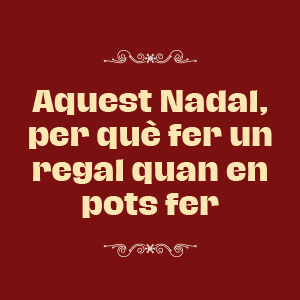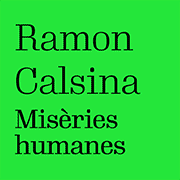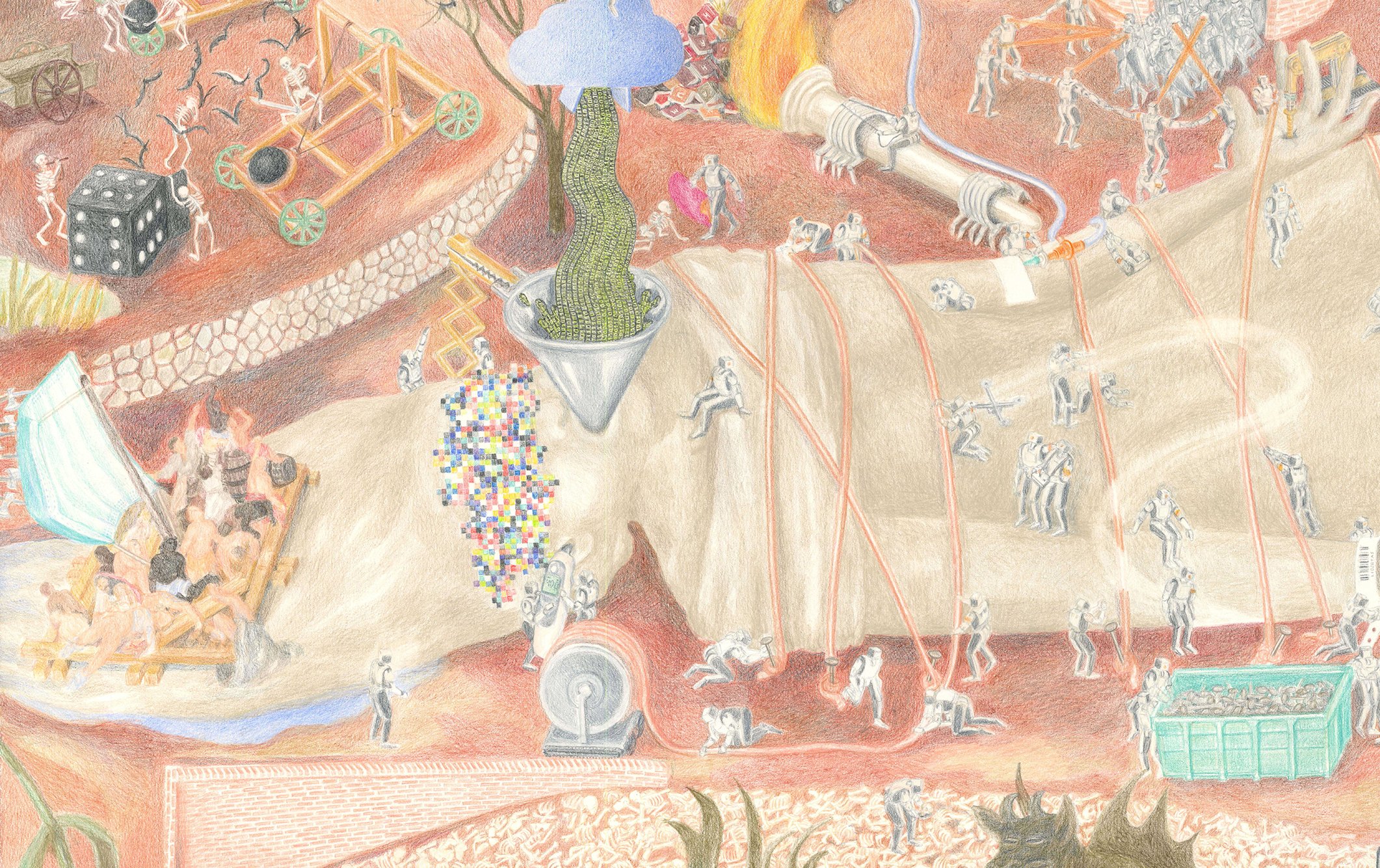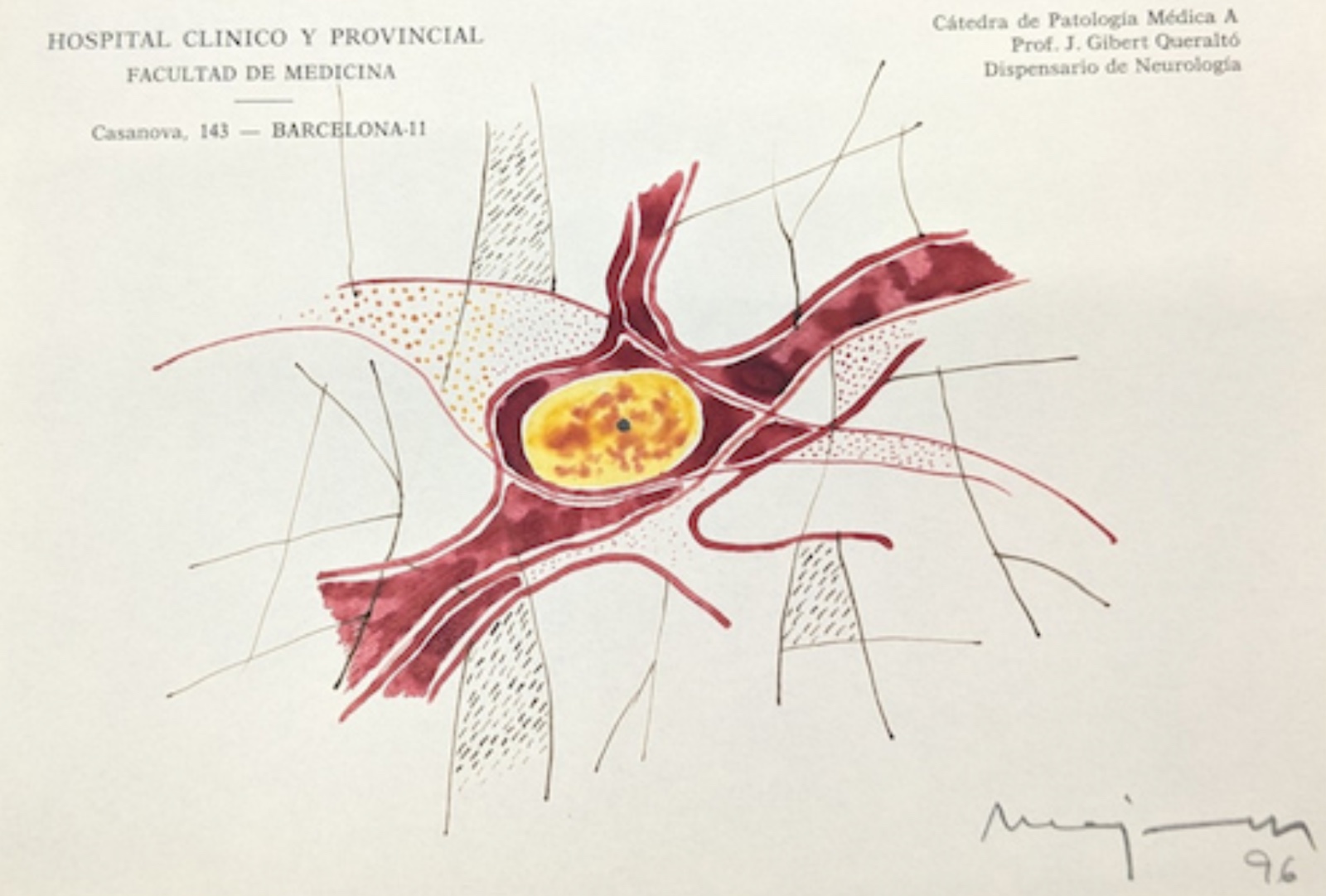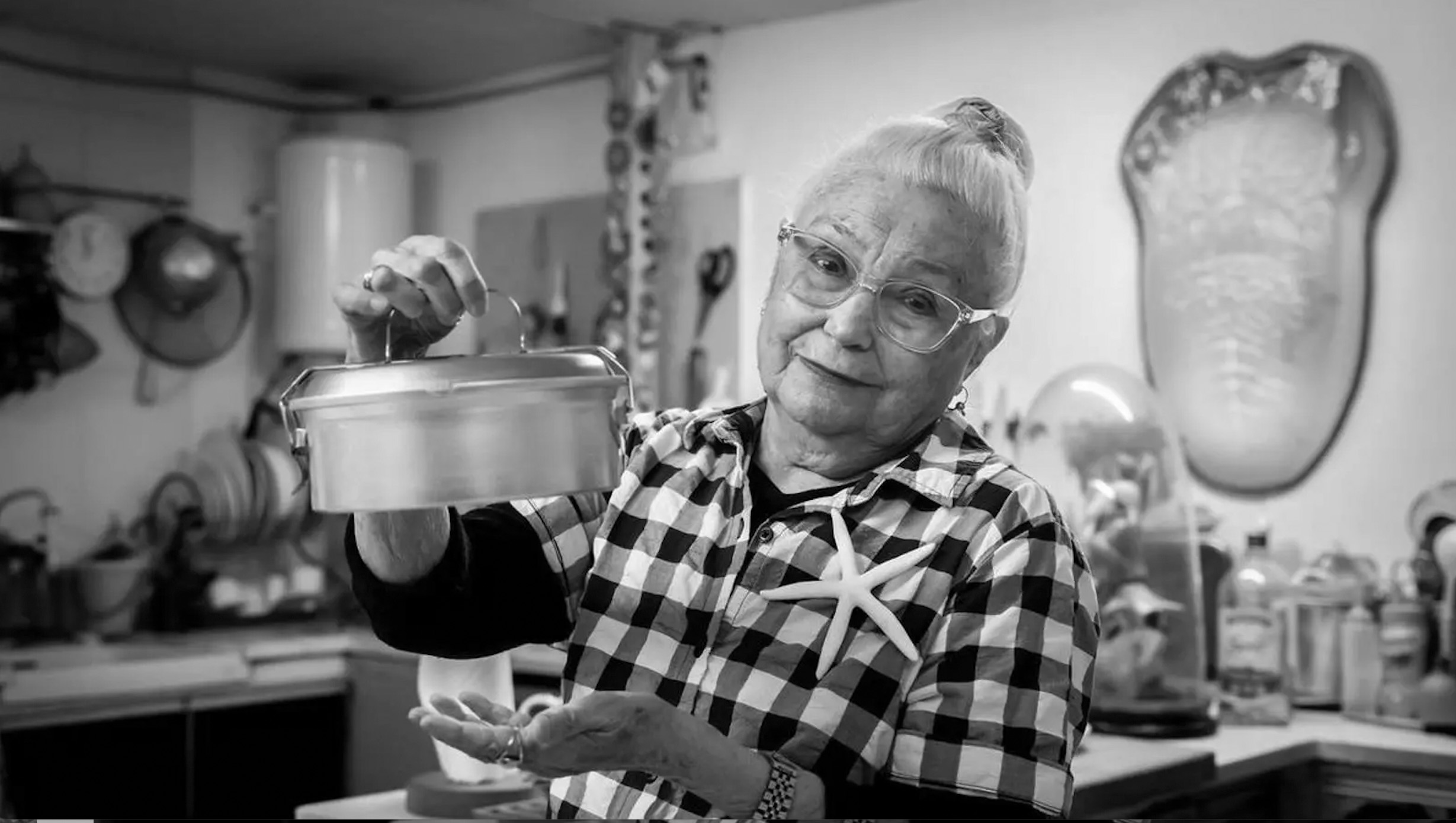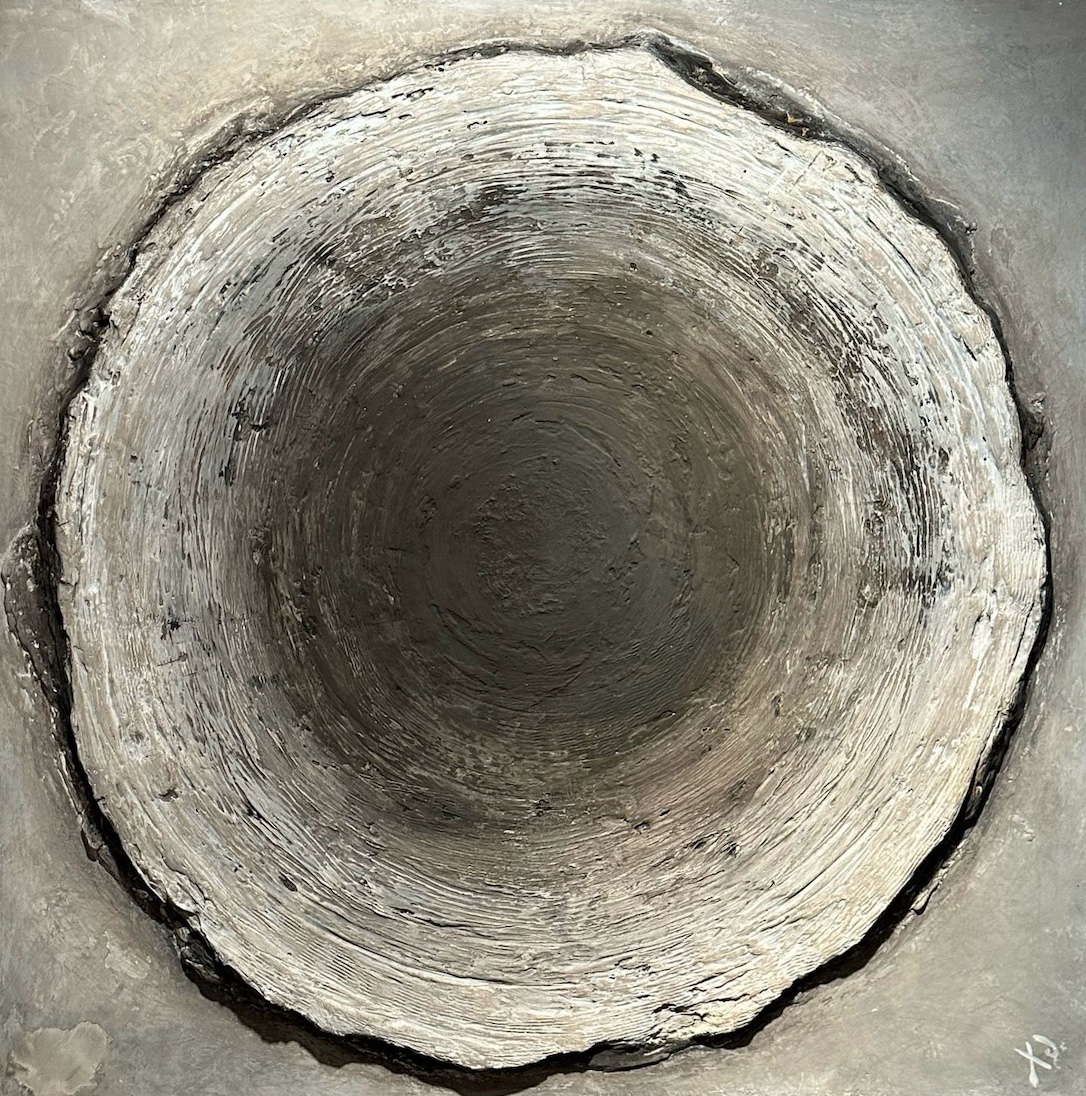Exhibitions
Acconci and Prego: body, image and space
The Guggenheim presents an exhibition that explores the connections between video, performance and architecture from a shared perspective.
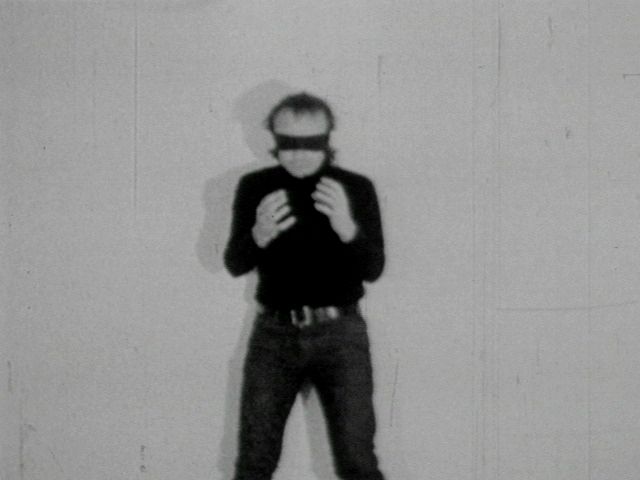
Since the beginning of March, the Guggenheim Museum Bilbao has been hosting a proposal that brings together two artistic trajectories with significant points of contact: that of Vito Acconci and that of Sergio Prego . Under the title Vito Acconci / Sergio Prego: YOU, this exhibition inaugurates the annual Film & Video program, and offers a look at how video, performance and space have been central elements in the practice of both creators.
Vito Acconci, active from the 1960s until his death in 2017, began his career with writing and later expanded his work to include video, performance, installations and experimental architecture. Sergio Prego, born in Donostia in 1969, has also developed a body of work marked by a wide variety of formats, ranging from spatial intervention to video and inflatable structures. Between 1996 and 2002, Prego was part of the Acconci Studio, a multidisciplinary environment where he was the only artist in a technical team, which significantly influenced his approach.
The exhibition, which will be open until July, does not present a clear separation between the two artists, but rather seeks to highlight the intersections of their practices, proposing a subjective journey through Acconci's practice through an exhibition system designed by Prego. Both share an intense interest in the moving image and the relationship of the body with physical spaces. Their works connect disciplines and establish a close dialogue between bodily action, space and representation. Despite coming from different contexts, their visual and spatial practices share a conceptual proximity that gives rise to a fluid and natural dialogue.
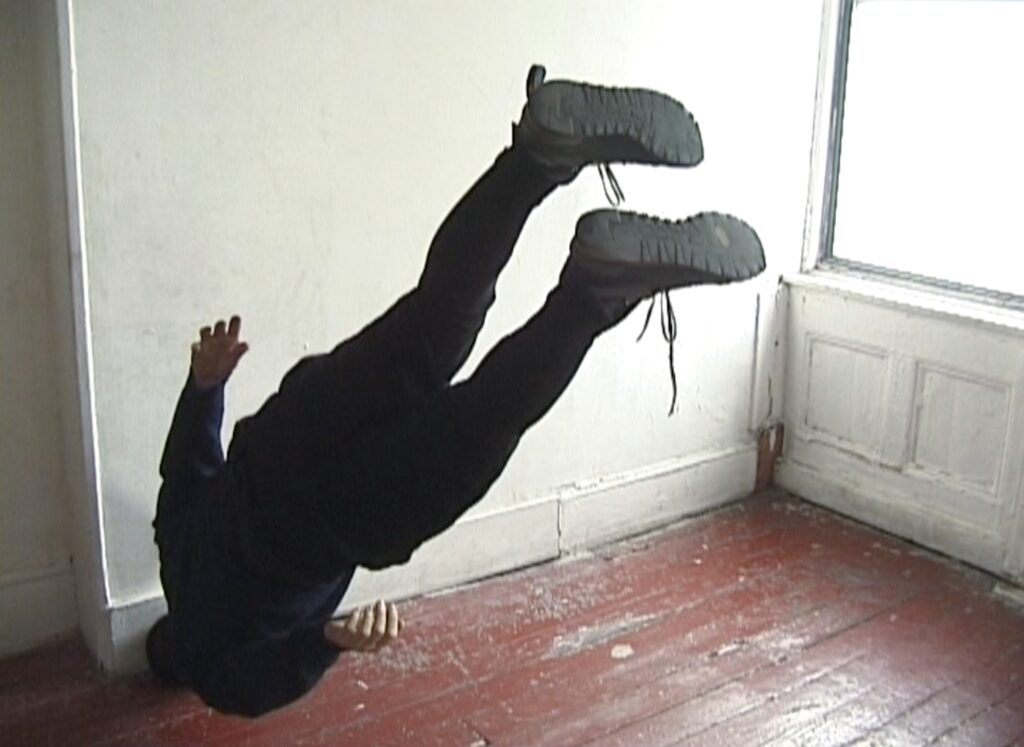 Cowboy Inertia Creep, Sergio Prego (2003). © Sergio Prego, Bilbao, 2025
Cowboy Inertia Creep, Sergio Prego (2003). © Sergio Prego, Bilbao, 2025
In the first room of the exhibition, several videos by Prego are projected simultaneously with Acconci's sound piece Running Tape (1969), in which the artist records his voice while walking, counting his steps, stopping and starting again. This seemingly simple action emphasizes repetitive gestures, the rhythm of movement and the poetic dimension of taking them to the limit. Prego's videos show bodies in unusual postures, arranged on analog monitors placed tensely along the wall, thus reinforcing the manipulation of time and space through the image.
The second room focuses on two large inflatable sculptures created by Prego, which act as supports for three videos by Acconci. In Centers (1971), the artist points at the camera and his own image on a monitor, slowly moving away from the center. In Turn On (1974), he appears up close while singing and addressing the viewer directly, repeating a pattern until he verbalizes his disenchantment with art: “I am me, I no longer find any reason to make art… I am waiting for you to go away.” Finally, in Three Adaptation Studies (1970), Acconci is shown resisting three uncomfortable situations, using video as a tool for provocation and exploration of his own body.
Curated by Manuel Cirauqui , this exhibition therefore emphasizes how the shared research between Acconci and Prego manifests itself in different formats and moments, but following the same logic. It is a sustained exploration of how we move, how we perceive and how we relate to our environment through image and space.
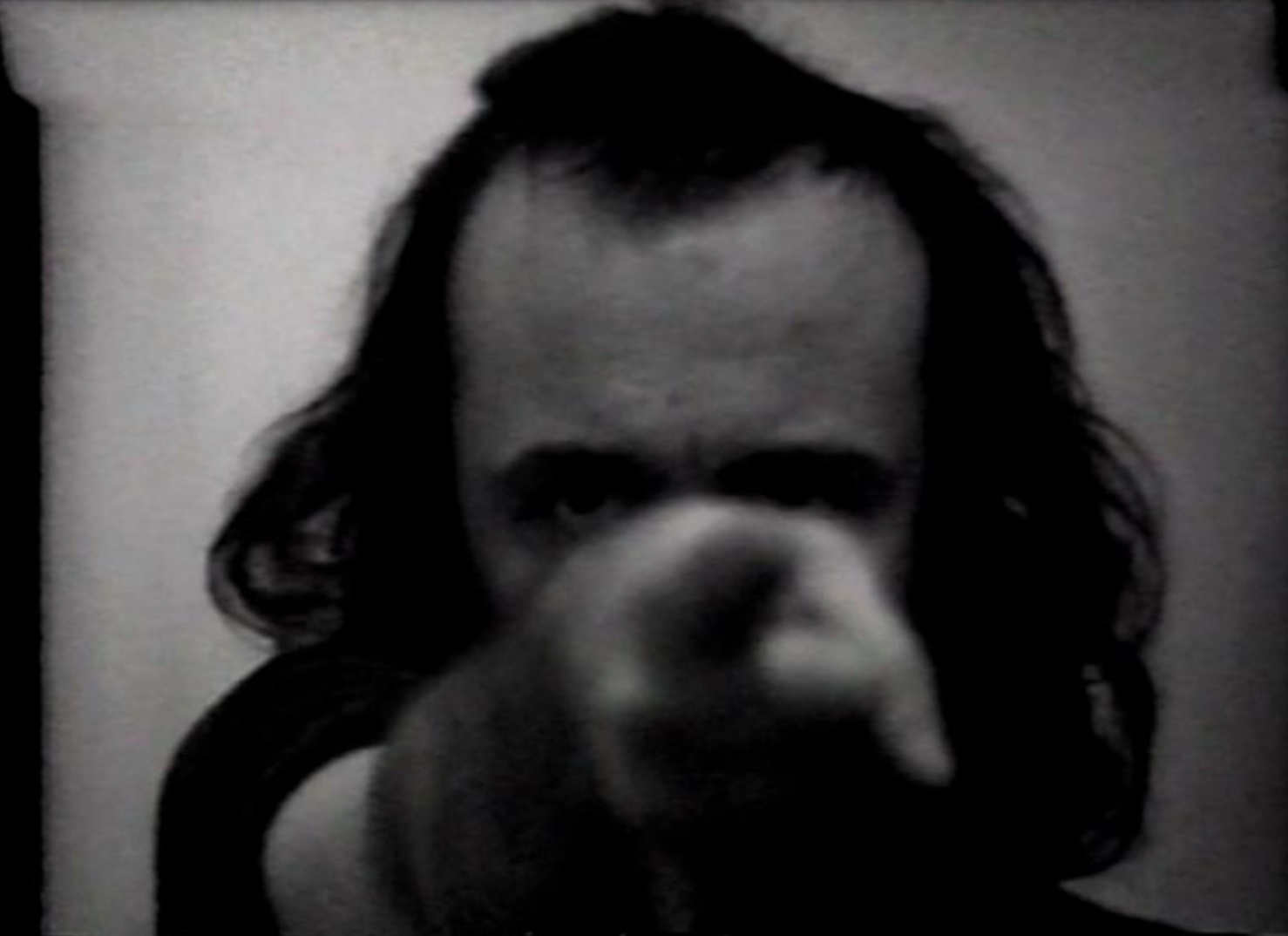 Centers, Vito Acconci (1971).
Centers, Vito Acconci (1971).



